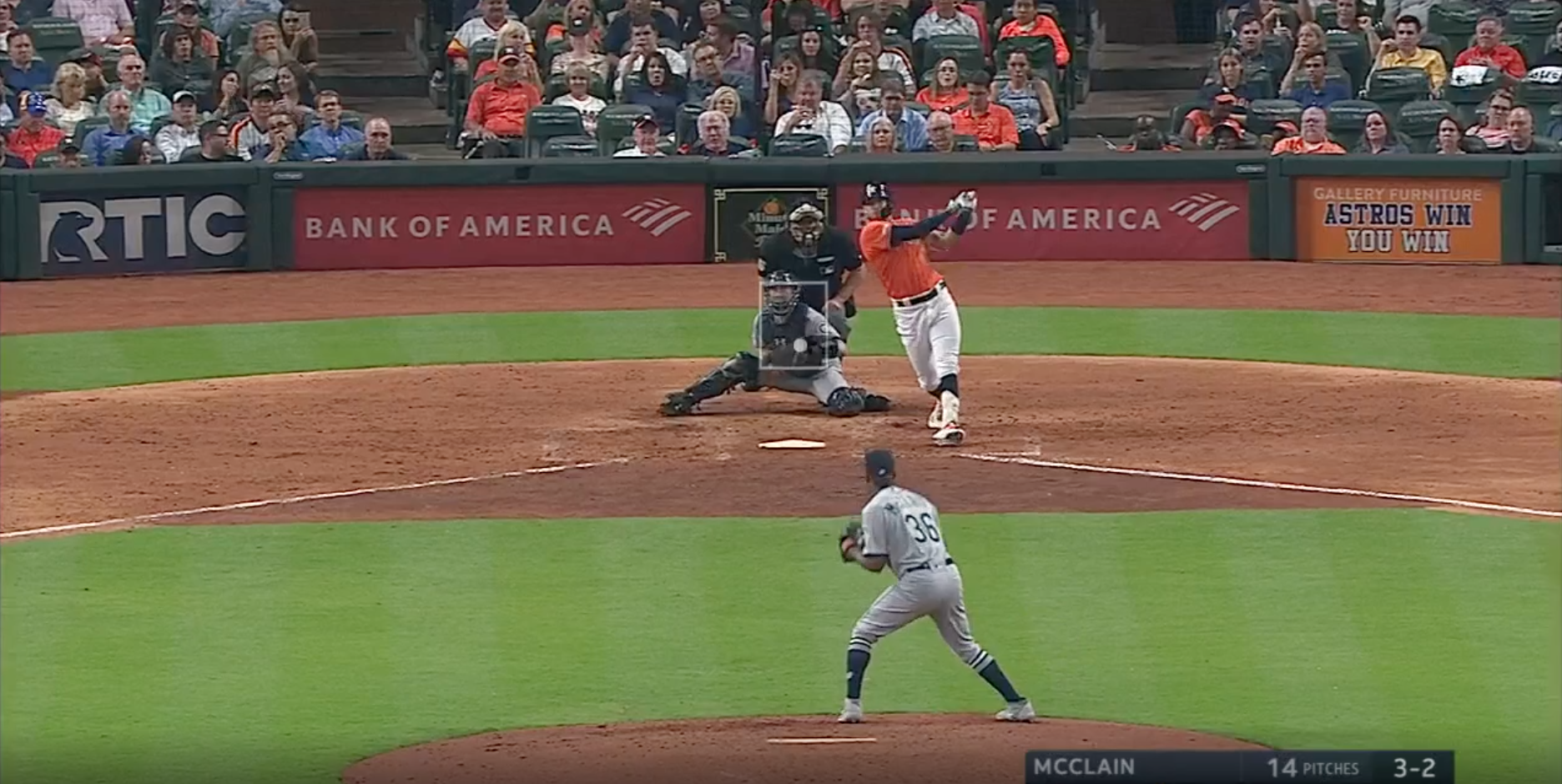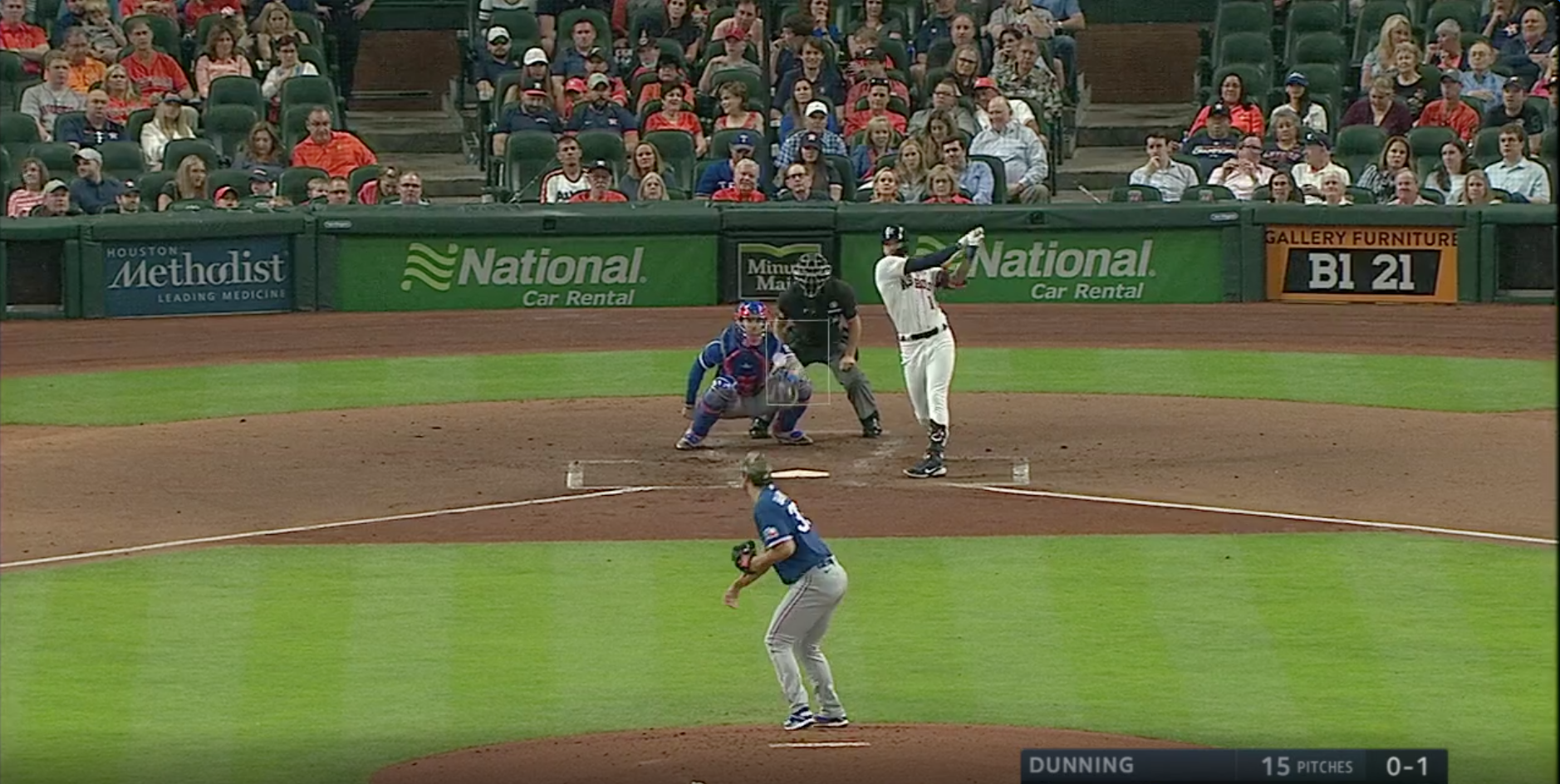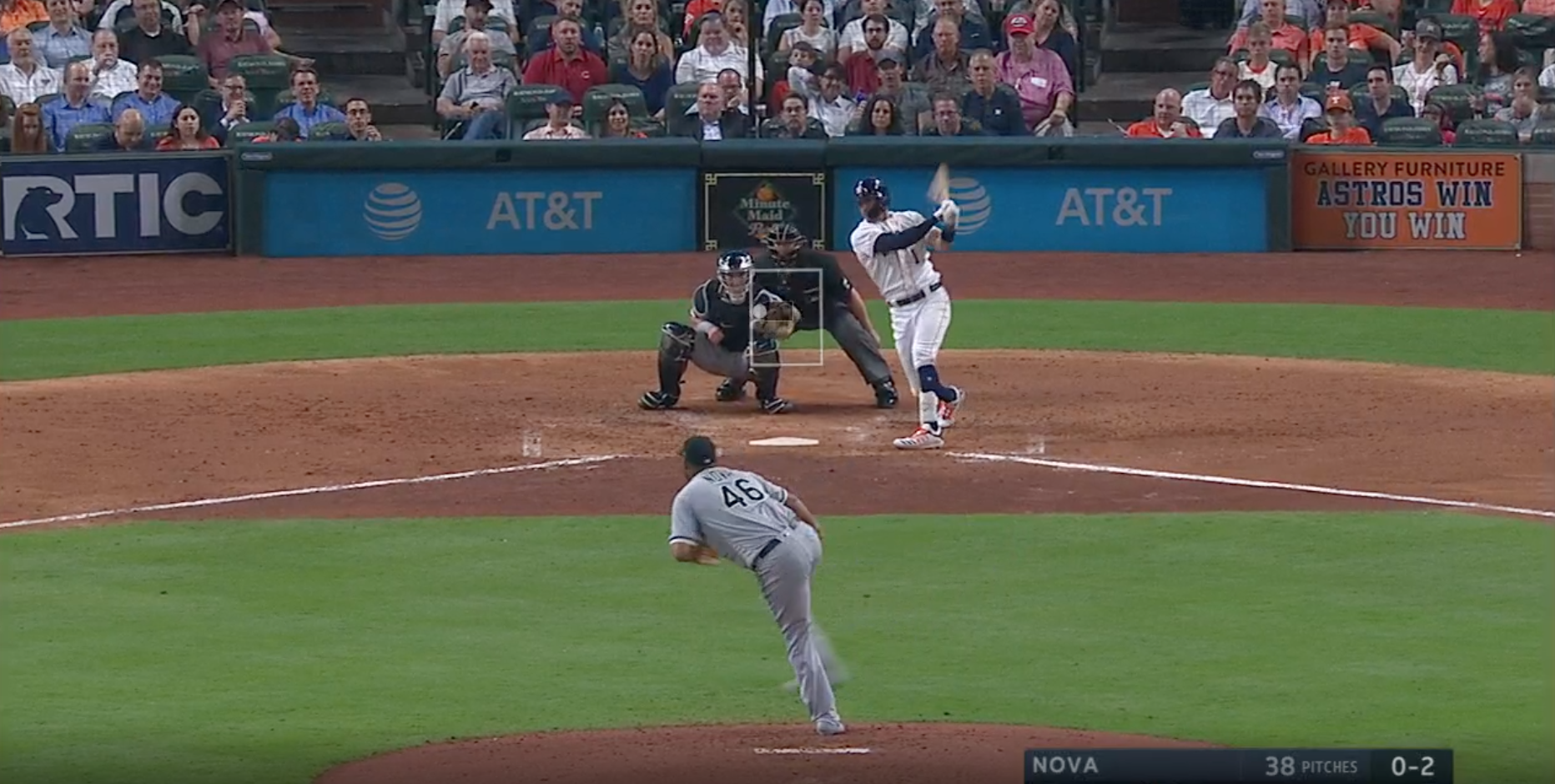Carlos Correa is a five-tool talent. Broad-shouldered at 6’ 4” and 220 lbs, Correa has phenomenal range at shortstop while possessing a cannon, and we haven’t even gotten to his superb ability at the plate. In summation, he has been the backbone of Houston’s success over the duration of his career, including winning a — albeit tainted — championship in 2017. Then came last year, a season where Houston snuck in based on the new extended playoff format. They were a poor team during the regular season and fans were eager to revel in the Astros’ early playoff exit at the hands of the Minnesota Twins. That was not going to happen under Correa’s watch. Houston won both games against Minnesota, made quick work of the Oakland A’s, before finally succumbing to the Tampa Bay Rays in Game 7 of the American League Championship Series. In 13 playoff games, Correa entered beast mode, hitting a whopping six home runs with 17 RBI’s, mashing to a .362/.455/.766 line.
Now nearly two months into his walk year, the 26-year-old is healthy once again subsequently producing to his normal above-average form. However, it’s not quite at the level we would expect of someone with his talent, slashing .268/.331/.433 — especially in a walk year.
At a glance, nothing seems extraordinarily different in his plate discipline metrics, outside of facing more pitches in the zone than he ever has before — roughly 50% of his pitches. Furthermore, sporting a 116.2 MPH max exit velocity and 90.8 MPH average exit velocity in 2021, his highest marks since 2016, there aren’t any discernible concerns about his swing either. This leaves us looking at his Swing/Take profile, where he’s at three runs.
The importance of the Swing/Take profile is derived from understanding what makes it tick. In a post, Tom Tango explained the difference between Christian Yelich and Mike Trout in the heart of the plate back in 2019. At the time, Yelich (+28) had posted a far superior run value on swings in the heart of the plate than Trout (+4). What Tango found was that Yelich was able to accrue more runs than Trout due to a greater number of home runs and hits on those pitches.
In Correa’s case, you’ll notice that he’s posted negative swing run values in the heart of the plate in the past couple of seasons while posting positive ones in other seasons, including a +27 figure back in 2019. These runs are calculated on actual production, rather than expected, so there are a couple of conclusions we can draw. Either Correa is swinging and missing through more pitches in the heart of the plate or he’s just not getting enough hits — in particular, home runs. Since Houston’s star shortstop has a career-low 7.1% SwStr on pitches in the heart so far, the former is clearly not true. This means that the only reasonable explanation is Correa’s poor performance on batted balls.
While Correa is undoubtedly underperforming his expected wOBAcon since the start of 2020, it’s still far beneath the levels we have seen from the former first overall pick in seasons prior. This means, prior to the earlier take that there was no necessary swing deficiency due to his exit velocity numbers, that there is something defunct in Correa’s swing.
The first step in finding Correa’s swing deficiency is deconstructing his 90.9 MPH average exit velocity, which seemingly doesn’t quite mean what it’s supposed to. Splitting it between groundballs (92.6 MPH) and those he hits in the air (92.5 MPH) — flyballs and line drives — shows that he’s hitting equally as hard, regardless of direction. Considering that the league average hitter will hit the ball harder in the air than on the ground, Correa’s current trend isn’t normal. For his career, the 26-year-old has not been too different from most.
On the ground, Correa is hitting the ball harder than ever. What makes this important is that he’s only pulling 34.5% of his groundballs, a career-low, while hitting half of his grounders straightaway. Last season, Correa was shifted nearly 20% of the time — a career-high, but not a large figure compared to others — but still struggled against it (.285 wOBA) compared to not (.315 wOBA). Since he’s hitting his grounders away from the shifted fielders now, the Puerto Rican-born star has hit significantly better against the shift (.387 wOBA) than when facing fielders straight up (.323 wOBA).
However, in the air is a different story. Like we mentioned earlier, Correa is hitting the ball in the air as hard as the league average hitter, which he certainly is not. The star shortstop is powerful, most notably to the opposite field.
https://gfycat.com/madwholedogfish
It’s this sort of power that has made Correa such a force since he made his big league debut back in 2015.
Correa is dynamic as a hitter straightaway and to the opposite field, and he’s traditionally stuck to his strengths by hitting over two-thirds (67.1%) of his batted balls in those directions. What makes him so successful in those directions is his bat path.
https://gfycat.com/realdisfiguredamphibian
Here, you’ll see Correa finish with a slight lean but still stay relatively upright while finishing with the knob point skyward, the end result of keeping his bottom hand through the ball for a long period of time.
However, the table presented showing Correa’s slugging numbers by batted ball direction tells us that his power to the center and right field are still far below what he produced in his best seasons, so there might be some mechanical difference that we haven’t accounted for yet — let’s take another opposite-field home run this time from 2019.
https://gfycat.com/pointlessqualifiedandalusianhorse
The most notable difference here is the stance, as Correa is open this season, but straight on — maybe even slightly closed — in 2019. But what sticks out here is on the finish, Correa’s front foot is demonstrably different.
In 2019, the hips rotate violently enough to cause the front foot to point towards the pitcher, rather than in the second photo where he’s still closed off. This means that we finally know why Correa is hitting the ball with less ferocity in the air than before, right? Nope. Check this swing out, on a pitch with a similar location to the 2021 home run, but this time results in a double (2019).
https://gfycat.com/farfondchinesecrocodilelizard
And the finish:
The foot is still closed off, and he’s still hit the ball incredibly hard. After looking through tons of videos to find something, there seemingly is really no difference in his swing that would cause such a drastic change in how his power prowess through the air has changed.
As an impending free agent, Correa has underwhelmed in his production (.764 OPS) while having shiny peripherals on the surface, most impressively a .307 expected batting average. But what makes him such a special talent is his ability to hit the ball for power as well, which is why his 6.8% Barrel rate is so disturbing. History dictates that a healthy Carlos Correa should be able to find his stroke and blast balls for extra-base hits to center and right field, bringing his power numbers back to the elite levels of 2017 and 2019. However, a shortcoming of this magnitude needs to be righted quickly so that the 26-year-old can end up with the lucrative deal he so desires — and deserves.
(Photo by Leslie Plaza Johnson/Icon Sportswire)





